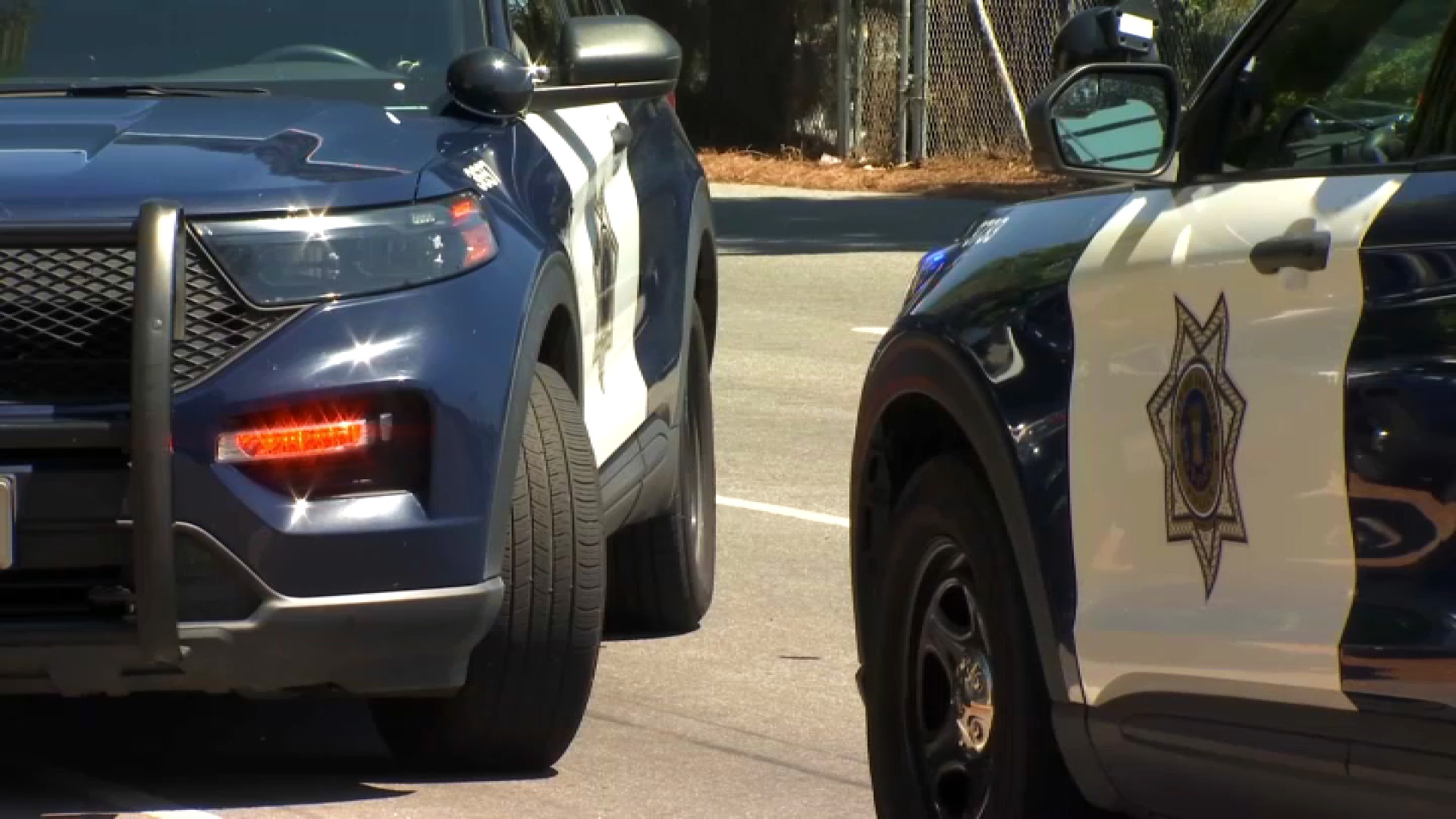A new regulatory audit of PG&E’s transmission system where the Camp Fire broke out found the company was late in fixing 900 problems on its towers and other equipment, including two critical threats that regulators say languished more than 600 days before being repaired.
The state Public Utilities Commission’s Safety and Enforcement audit of the utility’s Table Mountain Division began some six months after the failure of a worn C-hook on a transmission tower near Pulga touched off the worst wildfire in state history. It covers three years of repair records as well as other documentation and spot inspection efforts.
It came after NBC Bay Area’s Investigative Unit revealed that regulators never audited the PG&E’s transmission system in the area in the decade leading up to the fire.
In an Oct. 23 letter to the utility outlining the audit’s findings, Banu Acimis, the head of the CPUC’s electric safety and reliability branch, noted that 14% of work order records that regulators reviewed in the three-year period ending in early 2019 were completed beyond state statutory deadlines.
“Of the 904 work orders completed late, two work orders were completed as many as 2,693 days past their assigned due dates, or approximately 7½ years late,” Acimis said.
Acimis noted that five of the overdue repairs involved critical threats – designated as class A priority requiring an immediate repair under state regulations. Two of the five urgent conditions went unrepaired for 632 days, however, according to the CPUC data.
The audit does not provide any details about the location or specifics of the two threats.
Local
Less urgently needed repairs, regulators said, went as long as nine years before the utility completed them.
It is unclear what action, if any, regulators will take as a result of the violations. Typically, state regulators do not impose fines for citations during routine audits.
PG&E did not answer NBC Bay Area’s questions related to the audit, explaining the CPUC granted it more time to respond to the audit in light of the most recent power shutoff. It now has until Dec. 5. PG&E previously has said that it engaged an expert to review the “significant” number of problems on its system in the areas that were discovered after the fire. It has since inspected towers and other equipment spanning some 5,500 miles of its transmission system in high-fire-threat areas.
PG&E Wildfire Safety Inspection Program
This map shows high priority cases that PG&E identified in the weeks and months after the Camp Fire. As of Aug. 31, 2019, 1677 out of 11260 total cases were open. Cases labeled with an "A" tag require immediate action, whereas "B" cases generally need to be addressed within three months, according to PG&E. Click or hover above a case to see more information.
Source: PG&E
Map: Sean Myers/NBC Bay Area
At the time of the Camp Fire, hundreds of aging hooks held up the now decommissioned 115,000-volt Caribou-Palermo line, which crosses PG&E’s Table Mountain Division, formerly known as the North Valley Division.
After the fire, photos obtained by NBC Bay Area of some of the salvaged hooks show significant wear. The line was shut down at the time of the audit last spring and has since been permanently decommissioned.
“The corrosion was just absolutely outrageous,” Loretta Lynch, former president of the CPUC, said of the damage evident in the photos. She said the deterioration is just more evidence to merit a state takeover of the utility “because PG&E has lost the benefit of the doubt that they even know how to, much less have the corporate will to ensure our safety.”
Another veteran regulator saw the photos and reviewed the audit findings for NBC Bay Area.
“It tells me there were severe violations of safety law by PG&E that were apparently just uncovered by the commission staff,” said Robert Cagen, a retired CPUC regulatory lawyer who worked on the San Bruno gas line explosion case that ended with $1.6 billion in fines and penalties against the company.
He said the audit, although not done before the fire, was “certainly a step in the right direction.”
But Lynch says the regulatory audit is too little, too late. The only way to fix the problem, she says, is state intervention.
“The problem is for the last 15 years, the PUC has operated under one principle: trust, but don’t verify. And PG&E had lost our trust, and the PUC is mandated by law to verify. So both systems have failed. Both the utility and the regulator.”
The CPUC referred to a regulatory filing indicating that it has completed its investigative report into the Camp Fire and is awaiting clearance from Cal Fire investigators to incorporate its findings into the ongoing regulatory action over the 2017 North Bay wildfires. Regulators have already reached a tentative settlement on the wildfire case, however.



